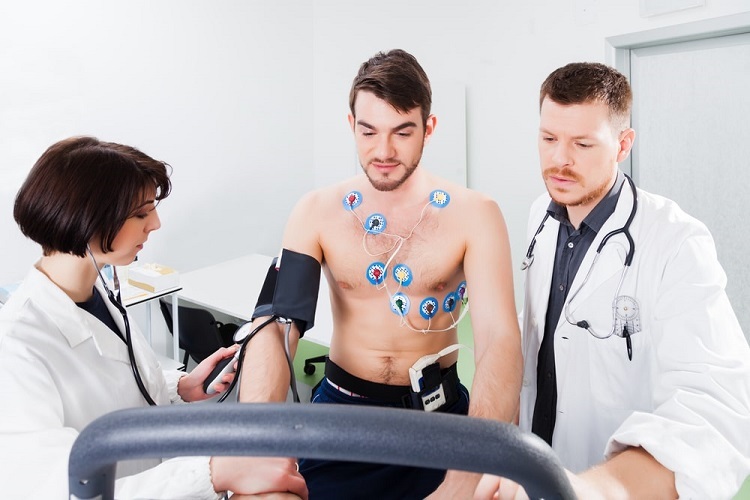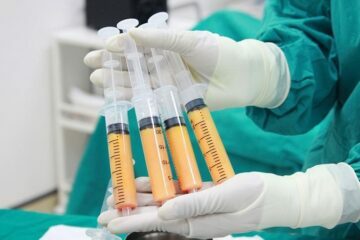All You Need to Know About Nuclear Stress Testing

A nuclear stress test, also called a myocardial perfusion scan, is a radiological imaging procedure used to diagnose coronary artery disease. It helps the doctor see how the heart muscle works by injecting a small amount of radioactive material into a vein and slowly feeding it through your bloodstream until it reaches your heart. Nuclear stress testing is typically used alongside other heart tests, such as an electrocardiogram and a chest X-ray. You may need to visit a specialist in nuclear stress testing in Port Saint Lucie if you have symptoms of CHD or you have undergone a coronary angiogram that did not show significant narrowing.
Table of Contents
How Is It Done?
A nuclear stress test is usually done on an outpatient basis. You will be asked to remove any clothing or jewelry that may interfere with the radioactive scan. A caregiver, nurse, or technologist will position you on the scanning table and inject a small amount of radioactive material into your arm through an intravenous line.
The imaging equipment will then take pictures of the heart, creating a series of “stress” images showing how well your heart muscle works during physical activity. The material travels through the body while you are asked to perform various types of exercises under the guidance of the technologist.
When Do You Need It?
You will probably have a nuclear stress test done if you have chest pain that is not relieved by rest and lasts for more than a few days. Based on the results of a stress EKG, your doctor may order an additional imaging study, such as a nuclear scan or angiogram. Your physician may recommend this procedure if you are suffering from heart failure or have undergone a prior coronary angiogram that was inconclusive.
If the nuclear stress test shows abnormalities in your heart, you may need additional imaging studies to find the blockage and guide the doctor in planning the best treatment for you. It will also help to differentiate between stable and unstable forms of coronary artery disease.
What Does it Show?
The test can also provide information that helps the doctor determine whether there is a need for coronary angioplasty or surgery to restore blood flow to the heart. The nuclear stress test is recommended as an alternative to exercise EKG in patients at risk of severe side effects such as those with arthritis, peripheral artery disease, or a history of a heart attack.
Nuclear stress testing is also helpful in assessing the severity and prognosis of CHD, especially in patients with blood flow abnormalities that may not be well revealed using coronary angiography. This test has been used for tracking the effects of cardiac rehabilitation programs and medications on heart muscle function. The results also help determine if a patient is healthy enough for non-invasive cardiac procedures such as percutaneous coronary intervention (PCI).
In summary, nuclear stress testing is a radiological imaging procedure used to diagnose coronary artery disease. It uses imaging equipment to take pictures of the heart, creating a series of “stress” images showing how well your heart muscle works during physical activity. If you have chest pain that does not get better after a few days, you may need it. It can provide information that determines whether you need coronary angioplasty or surgery to restore blood flow to the heart.
Leave a reply
You must be logged in to post a comment.






















